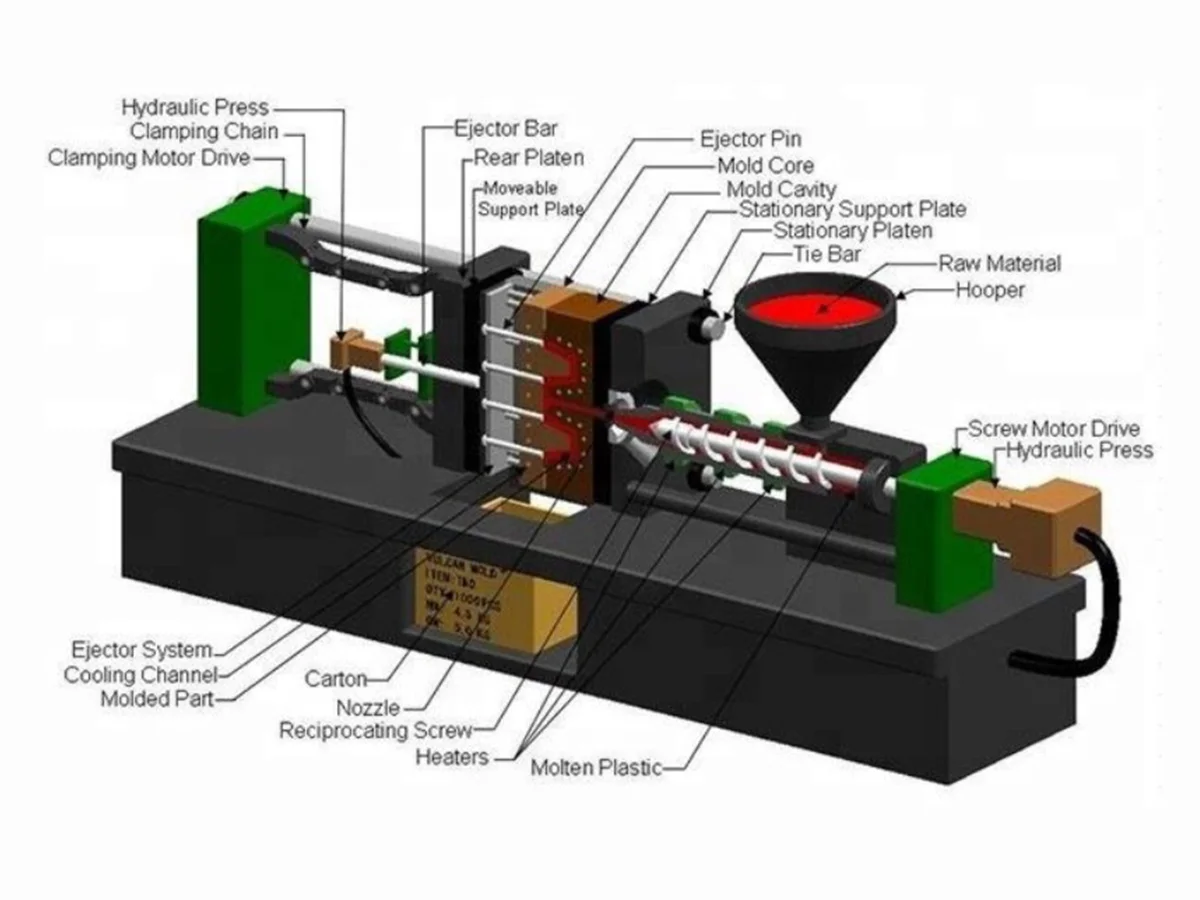In today’s digital-first world, retail is being transformed by the use of data. Retailers no longer need to rely solely on historical data to understand customer behavior. Instead, they can leverage real-time data through streaming technologies to gain immediate insights, allowing them to react faster and personalize customer experiences. This shift towards real-time customer insights is powered by advancements in data engineering, where streaming data plays a crucial role in shaping the future of retail.
What is Streaming Data?
Streaming data refers to the continuous flow of real-time information generated from various sources. In retail, these sources can include point-of-sale (POS) systems, customer mobile apps, website clicks, inventory levels, and even social media interactions. Unlike traditional batch processing, where data is collected and processed in large chunks at scheduled intervals, streaming data is processed in real-time as it arrives, enabling businesses to respond instantly to changing circumstances.
For students studying data engineering, understanding the mechanics behind streaming data is essential. This type of data requires tools and frameworks like Apache Kafka, Spark Streaming, and Flink, which allow data engineers to handle large volumes of information, ensuring it is processed quickly and efficiently. Mastering these tools is key for those aiming to work in retail data systems, as they enable the processing of customer information as soon as it's captured, without waiting for batch processing delays.
Why Real-Time Insights Matter in Retail
Real-time customer insights provide a significant advantage in the retail industry. They allow businesses to optimize various aspects of their operations, including inventory management, customer engagement, and pricing strategies.
Improved Customer Experience: Retailers can use real-time data to understand customer behavior at the moment, enabling personalized shopping experiences. For example, by tracking a customer’s browsing history and past purchases, retailers can provide tailored product recommendations instantly, increasing the chances of conversion.
Dynamic Pricing: Streaming data also supports dynamic pricing strategies. Retailers can adjust prices in real-time based on demand, competitor pricing, and inventory levels, maximizing profits while staying competitive.
Inventory Management: Monitoring inventory levels in real-time helps prevent stockouts and overstock situations. Data engineers can set up automated systems that reorder products when stock runs low, ensuring seamless supply chain operations.
Fraud Detection: With real-time insights, retailers can monitor transactions and detect fraudulent activities immediately. Streaming data enables fast anomaly detection, helping to mitigate potential losses before they escalate.
The Role of Data Engineering in Real-Time Insights
Data engineers play a pivotal role in setting up the infrastructure for real-time customer insights. They are responsible for developing systems that can ingest, process, and analyze streaming data at scale. In retail, where customer behavior and market trends shift rapidly, these real-time systems need to be both robust and flexible.
For students diving into data engineering, understanding the architecture behind streaming platforms is crucial. At its core, real-time data pipelines consist of:
Data Ingestion: This is the process of collecting data from multiple sources. For example, in a retail environment, data might come from e-commerce platforms, mobile apps, or IoT devices like smart shelves.
Stream Processing: After data is ingested, it needs to be processed in real-time. Frameworks like Apache Kafka and Spark Streaming help in filtering, aggregating, and analyzing data streams as they are received.
Data Storage: Real-time data may need to be stored temporarily or long-term for future analysis. Modern data stores like Cassandra or Amazon Kinesis are optimized for fast reads and writes, ensuring that no latency is introduced when data is queried.
Analytics and Visualization: Once the data is processed, it needs to be visualized for business users. Dashboards that update in real-time help retailers keep track of key performance indicators (KPIs) and react to trends as they unfold.
Challenges of Streaming Data in Retail
While the benefits of streaming data are clear, implementing these systems comes with its own set of challenges. Data engineers must ensure that systems are designed to handle large amounts of data while maintaining low latency. Scalability is another challenge, as data volumes can spike during peak shopping times, such as Black Friday or during holiday sales. Additionally, ensuring data privacy and security is crucial, especially when handling sensitive customer information.
How Big Data is Transforming Retail
Retailers are increasingly turning to big data analytics to stay competitive. A comprehensive approach that includes real-time streaming data enhances the ability to make informed decisions and create a more responsive retail environment. For a deeper understanding of how big data is shaping the retail landscape, this article https://dataforest.ai/blog/how-big-data-analytics-is-transforming-the-retail-industry provides valuable insights.
Conclusion
Streaming data is changing the retail industry by providing real-time customer insights that allow businesses to stay competitive in a fast-paced market. Data engineers play a vital role in creating systems that enable retailers to leverage these insights, making it essential for students in data engineering to understand streaming technologies. From improving customer experience to optimizing inventory and pricing strategies, real-time data is key to the future of retail, making it an exciting and challenging area for future data professionals to explore.



